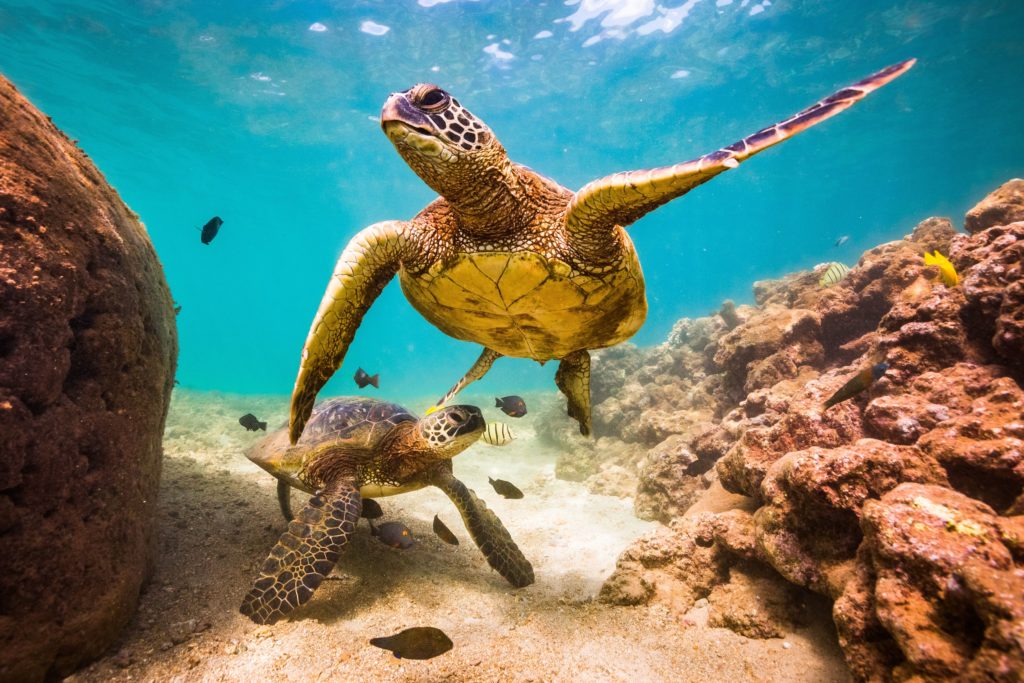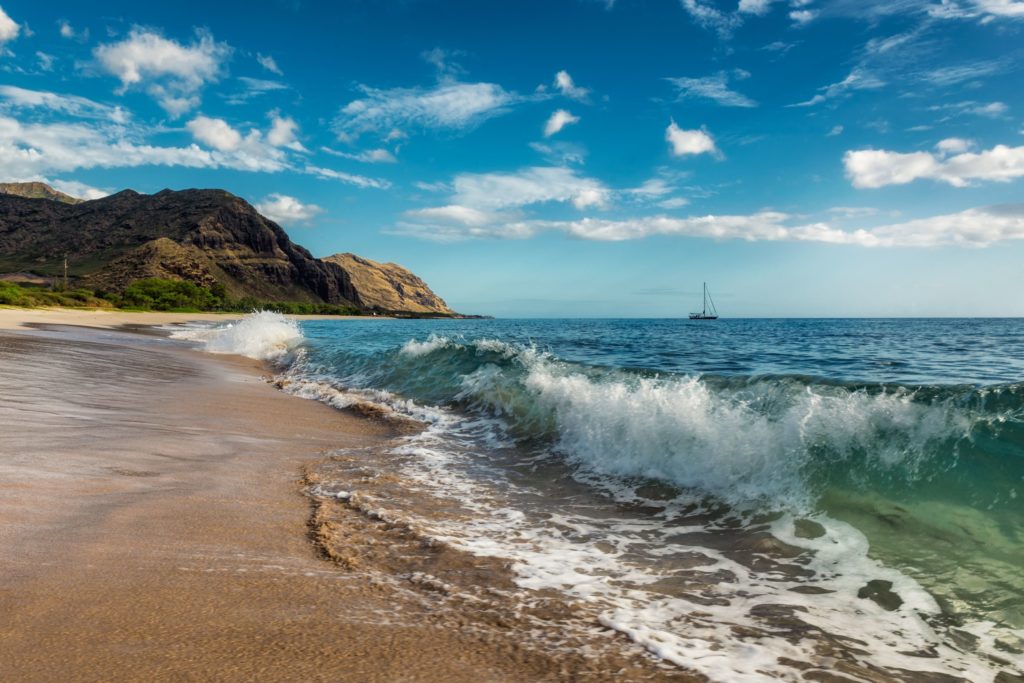Travel Pono in Hawaii

Travel Pono in Hawaii
Vacation time is an opportunity to relax and breathe in your surroundings in a new, unfamiliar place. While it can be exciting to visit a fresh location, it can also be intimidating if you aren’t familiar with what is expected. Traveling Hawaii is no different. There are certain ways to be respectful and thoughtful about the destinations you visit while also enjoying the sensory experiences offered by this unique island chain. That’s why Hawaiian Airlines has created a video explaining the best ways to be a conscientious and thoughtful visitor. Let’s talk about what it means to Travel pono in Hawaii.
What does Travel Pono in Hawaii Mean?
“Pono” means “righteousness” in the Hawaiian language, and is a part of the Hawaiian state motto, which reads:
Ua Mau ke Ea o ka ʻĀina i ka Pono
This means: the life of the land is perpetuated in righteousness.
In other words, the many meanings of the word “pono” lead to a life lived in balance and harmony with one’s surroundings.
If you travel pono in Hawaii, this means that you approach your time on the islands with respectful intentions, immersing yourself in the knowledge of what the islands stand for and being thoughtful about the ways that you can give back as you enjoy this special place.
Hawaiian Airlines is encouraging this approach to travel in the Hawaiian islands.
Being Respectful of Animals and Plants
Federal law protects sea turtles, dolphins, and Hawaiian Monk Seals from harassment by tourists and locals. This means that you must keep your distance from these animals when you see them. Observe from afar, and be sure to take pictures!
The coral reef is also a living being, and Hawaiian law forbids the use of any sunscreen that can damage the coral reef. Always choose reef safe sunscreen when entering the ocean, and be sure to avoid standing on or touching the coral reef.
Travel pono in Hawaii means it’s important to treat plants and animals with respect.

Being Aware of Your Surroundings
Travel pono in Hawaii also means taking care of yourself and being aware of the danger that you may encounter during your visit. You’ll want to bring lots of water and sun protection on hikes. Take care to choose hikes that match your ability level. You’ll also want to check the weather to avoid flash flooding.
It’s also important to pay attention to ocean shore break and tidal currents. Be thoughtful and put your safety first. Always keep your kids close by and think ahead to make sure you don’t need to make use of search and rescue.

Stay tuned for the next post discussing how to travel pono in Hawaii and treat local cultural practices and sacred locations with respect.
